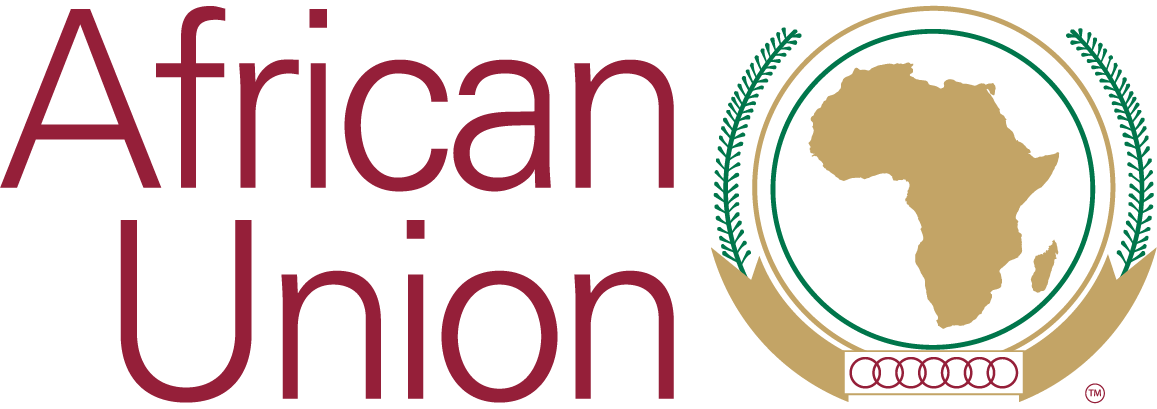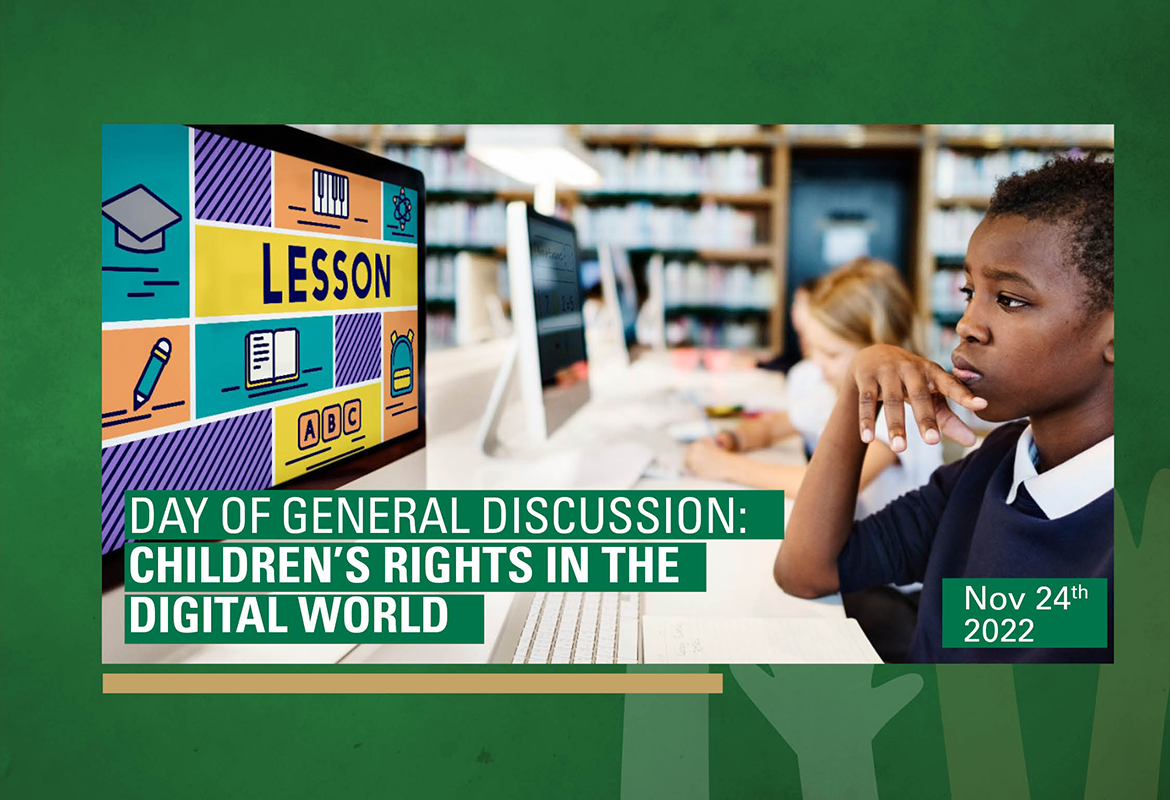In the past few years, there has been an increase in internet usage globally and the internet has become a key public infrastructure that has the potential to connect people,
companies, and businesses, and to facilitate service delivery and economic growth.1 As of April 2022, there was five billion internet users worldwide – 63% percent of the global population. In Africa, it was reported that there were about 590 million users (43% internet penetration) as of May 2022. These figures include children, who represent a third of all internet users in the world, and are increasingly exposed to the virtual environment. The increase in access to and usage of technology has presented several opportunities for the realization of children’s rights such as the right to education through online learning and to enjoy their fundamental freedoms such as freedom of expression through expressing their views and receiving information on issues concerning them. It is imperative to highlight that there is a digital divide that has resulted in some children not benefitting from the opportunities created by the internet due to various reasons that limit their access to it. The reasons for the digital divide are geographical, financial, digital literacy and gender-related.
Whilst the increased access to the internet and technology has created opportunities for some children, the benefits present other growing dangers for children’s
rights online.7 Violation of children’s rights is therefore no longer restricted to homes, schools, and communities but also takes place in the online sphere. Children
are exposed to numerous online risks which can be classified as content risks (advertising or spam; ferocious, horrific or hateful content; pornographic or harmful
sexual content); contact risks9 (online grooming, child sexual abuse material (child pornography), and cyberbullying); and conduct risks10 (sharing pornographic
material, sharing personal information, chatting with strangers, sexting). Children’s privacy is also at risk due to inter alia, sharing of children’s personal information
by children themselves or their parents or other individuals11; tracing, monitoring and broadcasting of children’s live images, behavior and locations by websites;
and data collection and processing by governments and businesses. Due to their age, children may not be able to identify online risks and protect themselves hence
they remain the most vulnerable internet users. Undoubtedly, online risks and harms have an impact on the rights and welfare of children hence the need for African
countries to adopt effective legislative and other measures to ensure the promotion and protection of children’s rights online.
The Concept Note is now Available:







